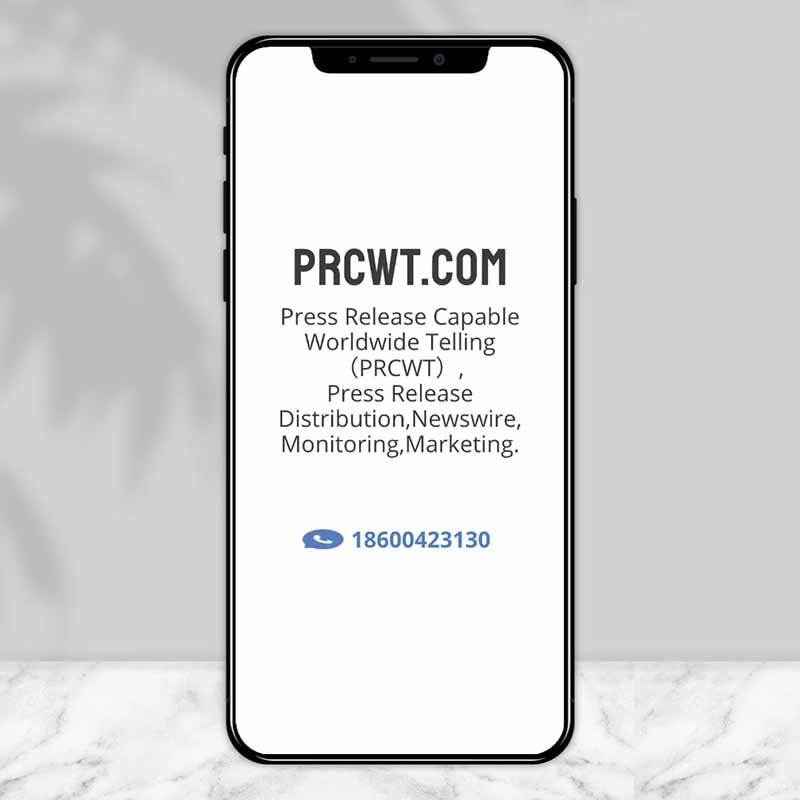In today's digital landscape, media distribution has become a crucial aspect of brand marketing. With the rapid growth of the internet and the increasing popularity of social media, businesses have more channels than ever to reach their target audiences. However, with so many options available, it can be challenging to determine the most effective way to distribute your media.
One of the key factors in successful media distribution is understanding your target audience. By conducting market research and analyzing your customer data, you can gain insights into their interests, behaviors, and preferences. This information can then be used to create targeted content that resonates with them and drives engagement.
Another important aspect of media distribution is choosing the right channels. Different channels have different audiences and content requirements, so it's essential to select the ones that are most likely to reach your target market. For example, if you're targeting a younger audience, social media platforms like Instagram and TikTok may be more effective than traditional print or TV advertising.
In addition to understanding your audience and choosing the right channels, it's also important to measure and analyze your results. By tracking key metrics like engagement, reach, and conversion, you can determine which strategies are working and which ones need to be adjusted. This data can then be used to optimize your media distribution efforts and drive better results.

Overall, media distribution is a complex and ever-changing field. By staying up-to-date on the latest trends and best practices, and by focusing on understanding your audience and choosing the right channels, you can build a successful media distribution strategy that drives brand awareness, engagement, and sales.